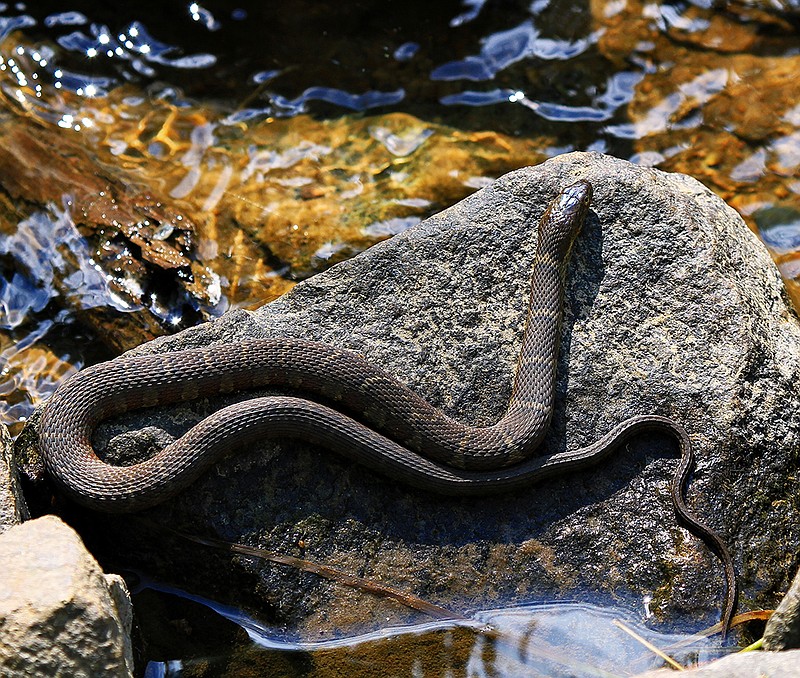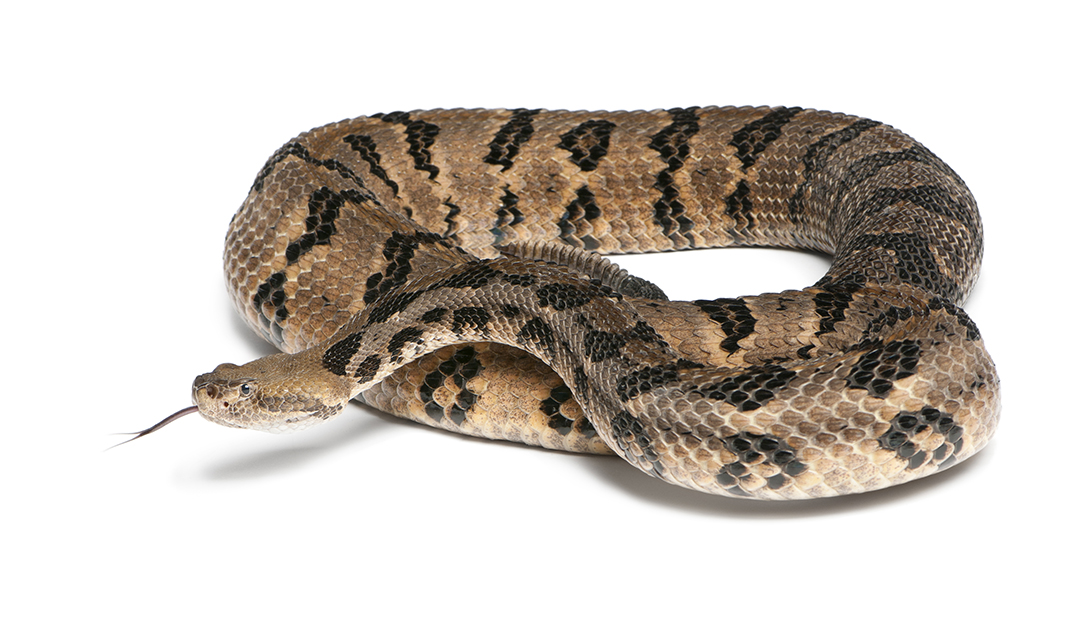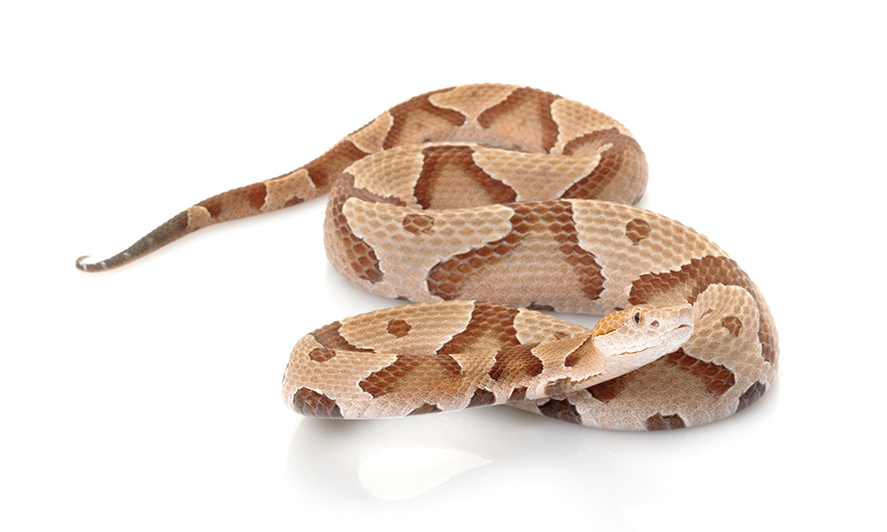Snake: a limbless, scaled reptile with a long, tapering body and salivary glands that often produce venom. Or, a "worthless and treacherous fellow," according to Mirriam-Webster's first two definitions of the word.
ID in an instant
If you're in Wi-Fi range, a simple way to find out about a snake is a Facebook page called "Snake Identification" which has page moderators from around the world who can identify a snake by its photo in a matter of moments, Bakland says.
Since biblical times, the snake has been viewed with a deep mistrust, often even portrayed as the embodiment of evil itself. But such a view is detrimental not only to the creatures, but to the environment.
Snakes serve a vital ecological role, says Paul-Erik Bakland, a herpetology graduate student at the University of Tennessee - Chattanooga and educational volunteer at Reflection Riding Nature Center. The reptiles are key in keeping rodent and other pest problems at a minimum, thus limiting the spread of any disease carried by their prey, including tick-born illnesses such as Rocky Mountain spotted fever and Lyme disease.
"[People] think, 'Well, I'm just going to kill this snake because it will make my area safer. But diseases carried by rodents are far more insidious than a few snakes on your property. There are studies that show that areas with high densities of rattlesnakes have lower instances of Lyme disease because these snakes are eating up all these rodents that are carrying the ticks. So they're eating up huge amounts of parasites that are legitimately problematic."
A common misconception, he adds, is that most snakes are dangerous.
"They're more scared of you than you are of them," he says, adding that only five people on average die of snake bites each year in the United States. And, a large portion of those bitten are those who are found to have been harassing, harming or trying to kill the snake.
Of all the poisonous varieties across the country, 50 percent of the 8,000-10,000 snake bites reported every year are dry bites, meaning no venom was injected, according to the Tennessee Herpetological Society.
Though Tennessee is home to 34 species of snake - four of them venomous - in the Greater Chattanooga area, only two venomous snakes exist: the timber rattlesnake, Crotalus horridus, and the copperhead, Agkistrodon contortrix.
"If you can learn those two snakes, you can know that anything else is harmless," Bakland says.
If the sight of a snake still strikes fear in your heart, remember: It is illegal to kill any snake - venomous or not - in the state of Tennessee.
"Getting close enough to kill a snake is getting close enough to get bitten by it," Bakland says, adding, " Even the venomous ones are harmless if you just give them their space."
Common misconceptions
Myth: Snakes chase people.
Reality: "Especially if it's a venomous snake, they would never use venom as a first defense because venom is metabolically expensive," Bakland says. " Venom is firstly a prey acquisition thing, not a defense thing, so the idea that a snake would chase you just to bite you just isn't true."
Myth: There are cottonmouths in the Chattanooga area.
Reality: "If you go two hours northwest of here or two hours south or east of here, you can get cottonmouths but they've never been documented here. You're probably seeing water snakes. Largely what people are killing are non-venomous snakes."
Myth: Baby snakes are more deadly, because they can't control the amount of venom they inject.
Reality: "That's an interesting thing the herpetology world has gone back and forth on a few times. It's not that they can't control it, it's that they don't. Whereas an adult snake is trying to conserve its venom, a baby might not. But that's not a rule across the board. But the thing is, a baby snake is going to have far less venom. So even if you did get bitten by a juvenile snake, it probably will end up being less venom than an adult snake, because they just produce less."
Myth: Venomous snake bites can be deadly, and you should suck the poison out through the bitemarks or through cuts you make in your skin.
Reality: "Just get to the hospital as quick as possible. People tend to try to do the wrong thing and make a cut to suck out the venom. That just doesn't work. There's a dilemma, too, with tourniquets, because if you get bitten by a snake with necrotic (muscle-killing) properties in their venom, all you are doing is concentrating the venom to one particular area. But if you let it go everywhere else, it dilutes it. If you let it go everywhere, it affects most parts of the body but isn't concentrated to one area and causing severe localized issues."


